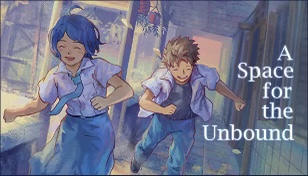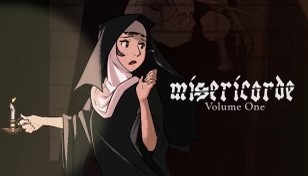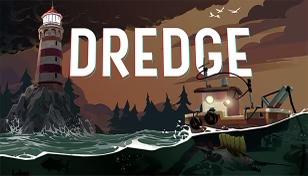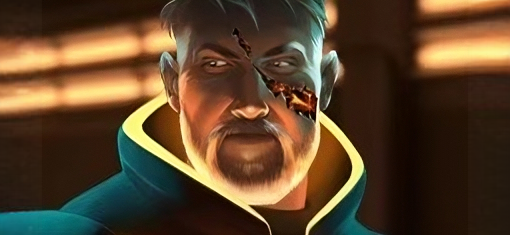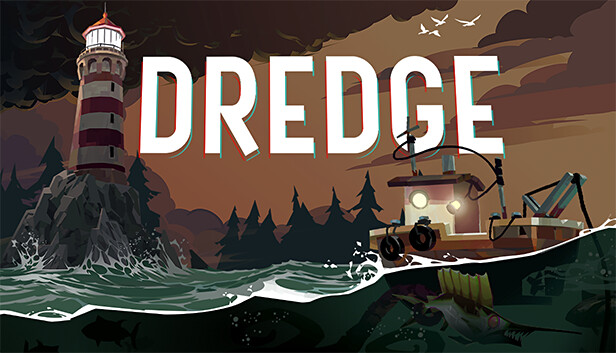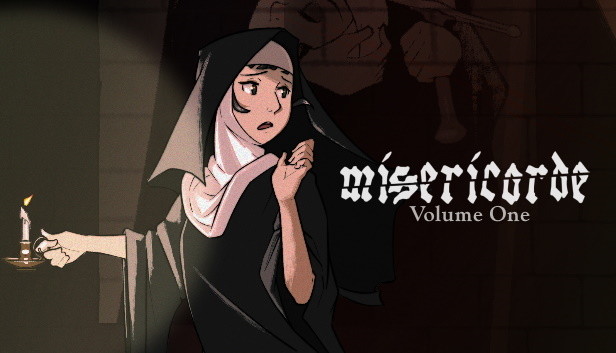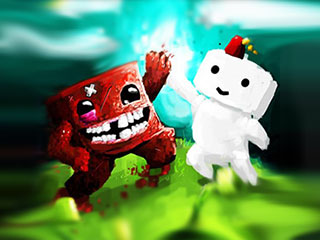
Top 5 indie games of 2023, so far…
Top 5 indie games of 2023, so far…
Are you passionate about game design and curious to see the innovative ways indie developers are shaking up the gaming landscape in 2023? Look no further. We’ve curated a list of the top 5 indie games of 2023, showcasing the best of creativity, storytelling, and unique gameplay mechanics that are revolutionizing the industry.
From neon noir adventures to visually striking visual novels, these indie gems exemplify the exciting possibilities in game design and immersive storytelling. Join us as we delve into these games, exploring their distinctive features and what sets them apart in the world of gaming.
Whether you’re a game design enthusiast, a seasoned player, or someone new to the indie scene, these games promise a fresh perspective and engaging experiences.
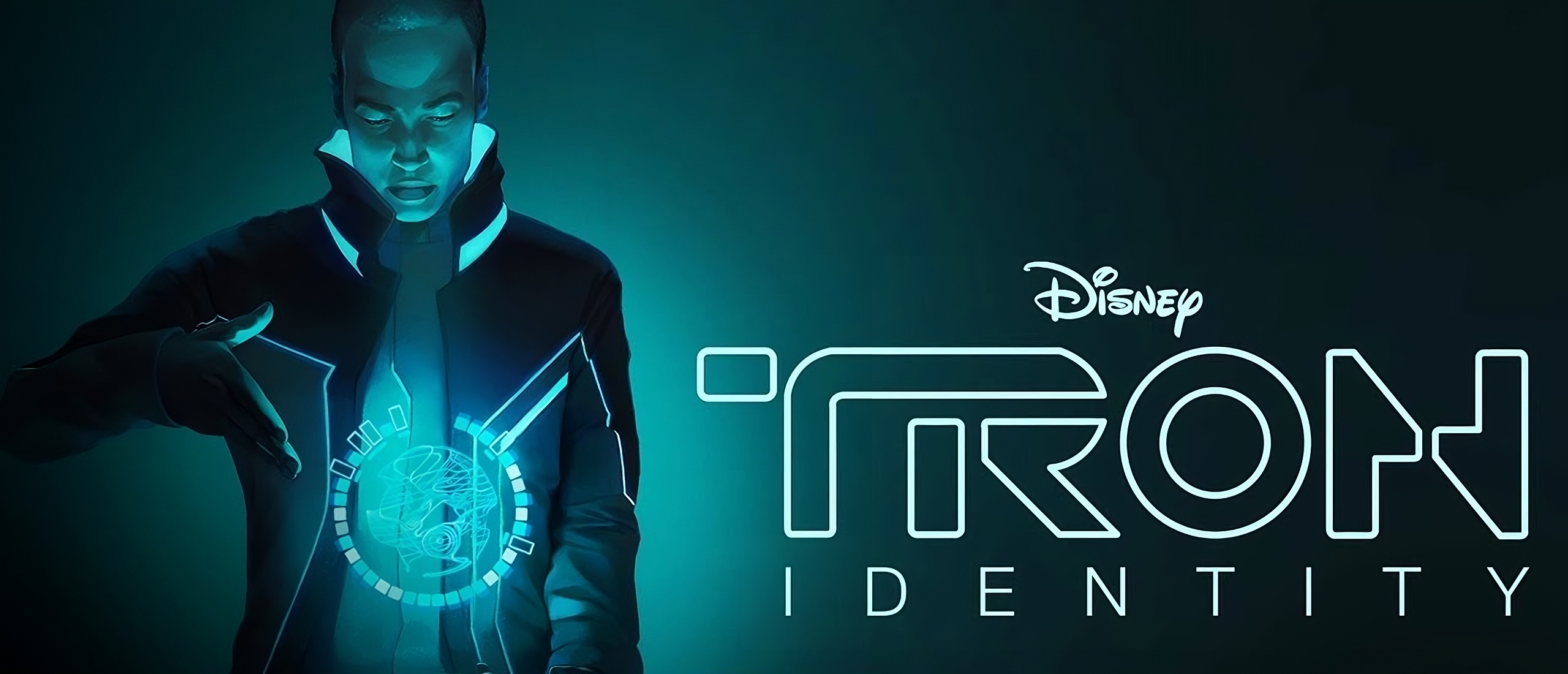
5.
Tron: Identity
Inspired by the cult sci-fi series from Disney, Tron: Identity defies the usual expectations of a major franchise game. Rather than being a middling AAA title, it is a masterful distillation of the more philosophical themes of the Tron universe. Presented as a short neon noir, Tron: Identity offers a unique gaming experience that is sure to intrigue both fans of the series and newcomers alike.
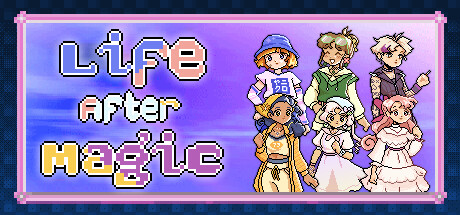
4.
Life After Magic
Life After Magic is a visual novel that is perfect for grown-up Sailor Moon fans. The game imagines a world where Sailor Moon and the other scouts have grown up and possibly suffered from gifted kid burnout. With a story that resonates deeply with its audience, Life After Magic uses elements of the dating sim genre to explore how relationships are built, broken, and repaired. It’s a game that is sure to stir emotions and provoke thought.
3.
A Space for the Unbound
Set in 1990s Indonesia, A Space for the Unbound is a deeply emotional adventure game about high school kids with supernatural abilities. This indie game, inspired by the works of Your Name director Makoto Shinkai, delivers a short but impactful narrative that will likely leave players in tears. It’s a testament to the power of storytelling in games and the unforgettable experiences they can provide.
2.
Dredge
Dredge poses a fascinating question: what if cozy games were also terrifying? This fishing simulator offers a cosmic horror twist that sets it apart from the norm. The game balances mechanics like upgrading your fishing vessel and getting the best catch without succumbing to insanity. Dredge is a delightfully twisted subversion of the cozy game formula, making it a standout title in the indie scene of 2023
1.
Misericorde: Volume One
Topping our list is Misericorde: Volume One, a standout indie game that excels in numerous aspects. Its isolated yet intriguing world, endearing and detestable characters, striking black and white art, and haunting music all contribute to its charm. But the true brilliance of Misericorde lies in its writing. The game takes full advantage of the visual novel format to weave an engrossing story about a nun who becomes a detective in a 15th-century abbey. Misericorde is a testament to the power of storytelling in games and a shining example of the indie game scene’s creativity.

